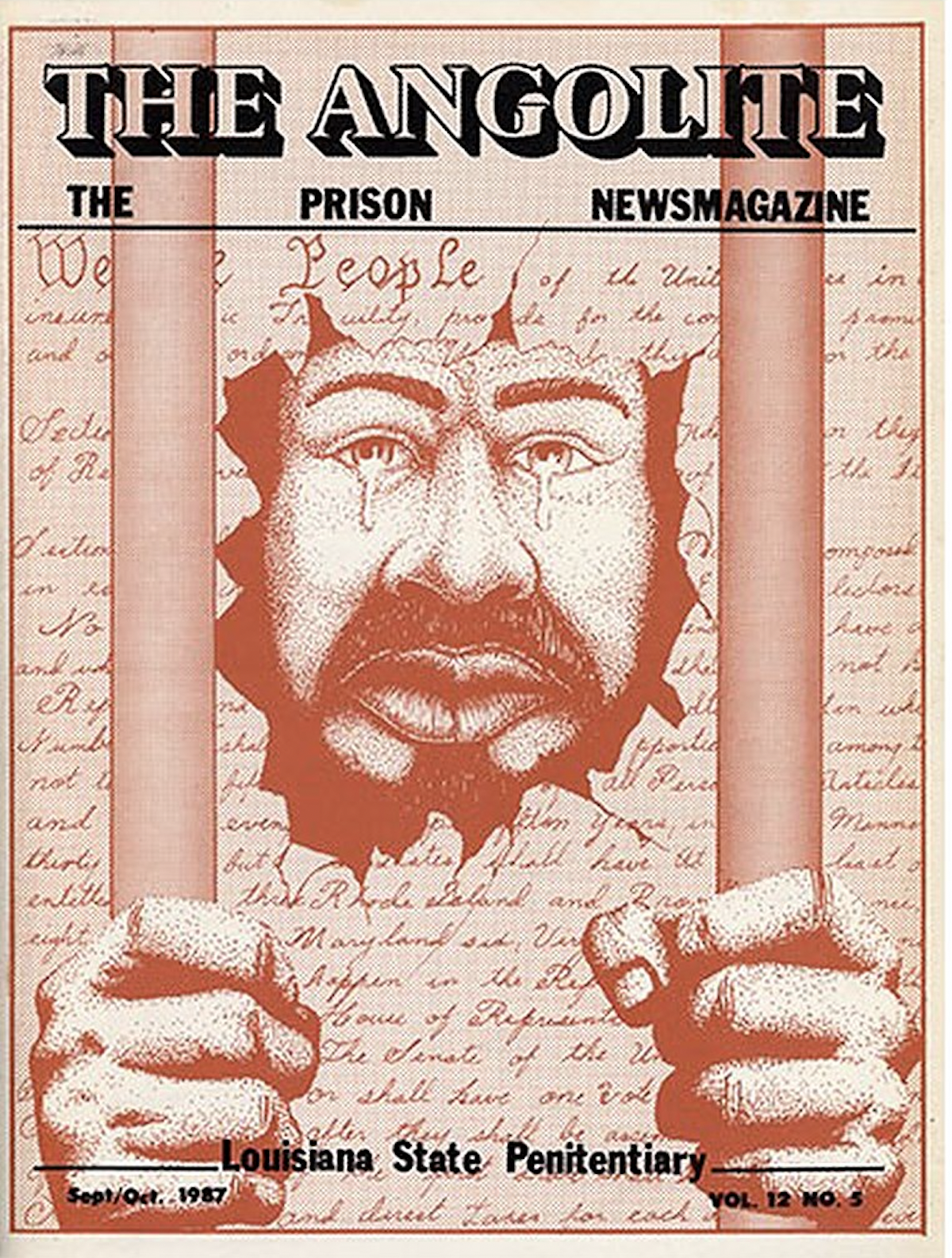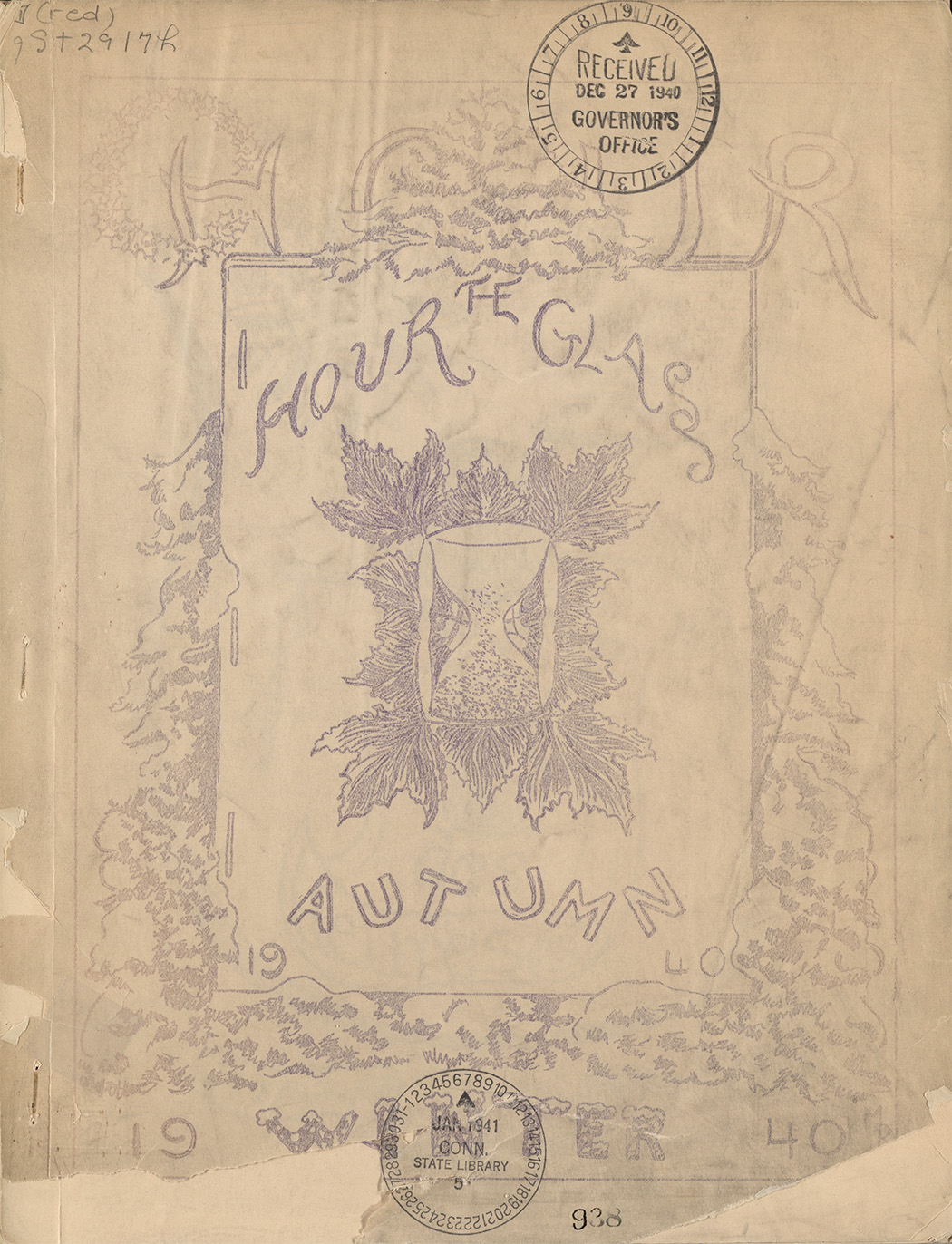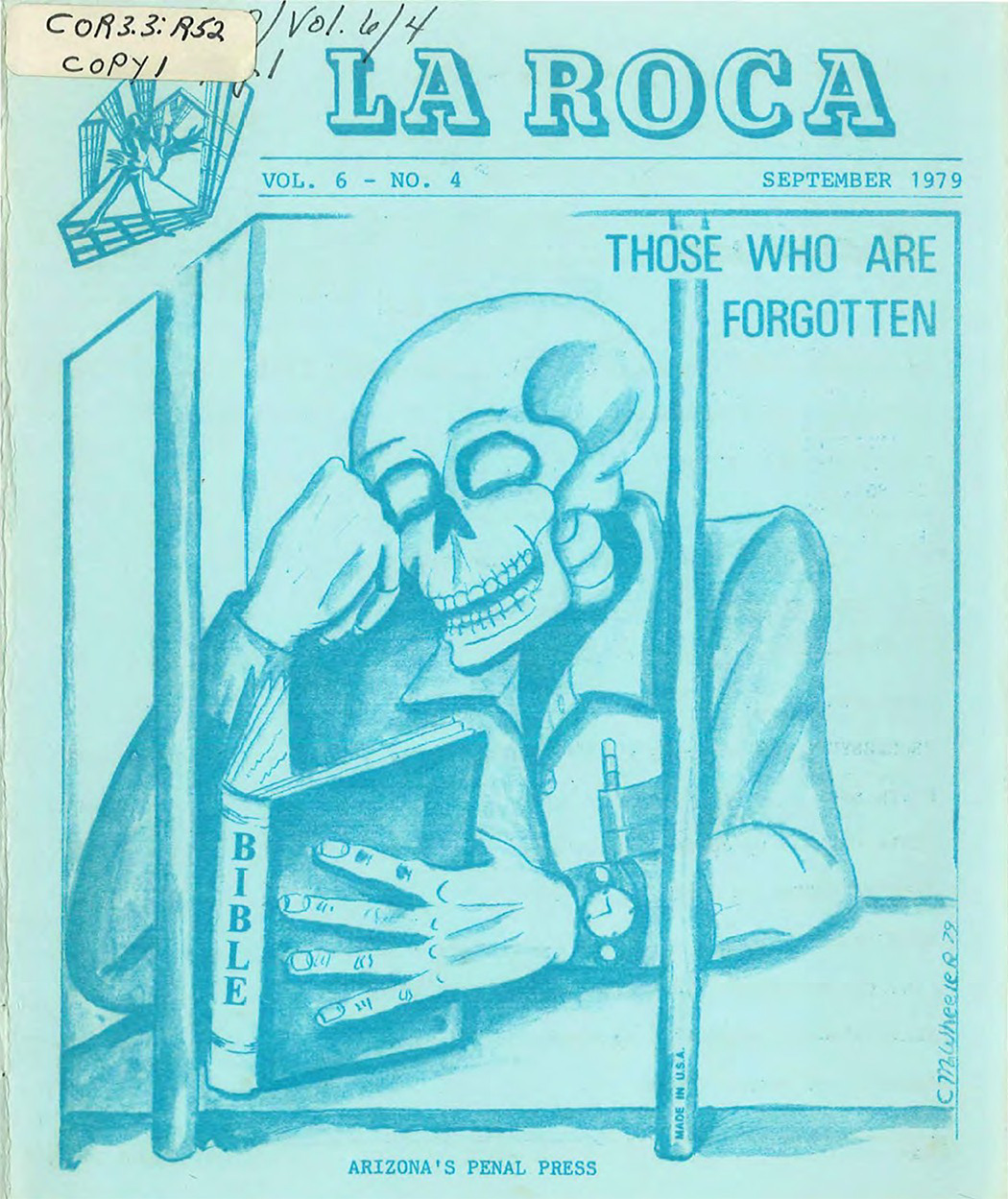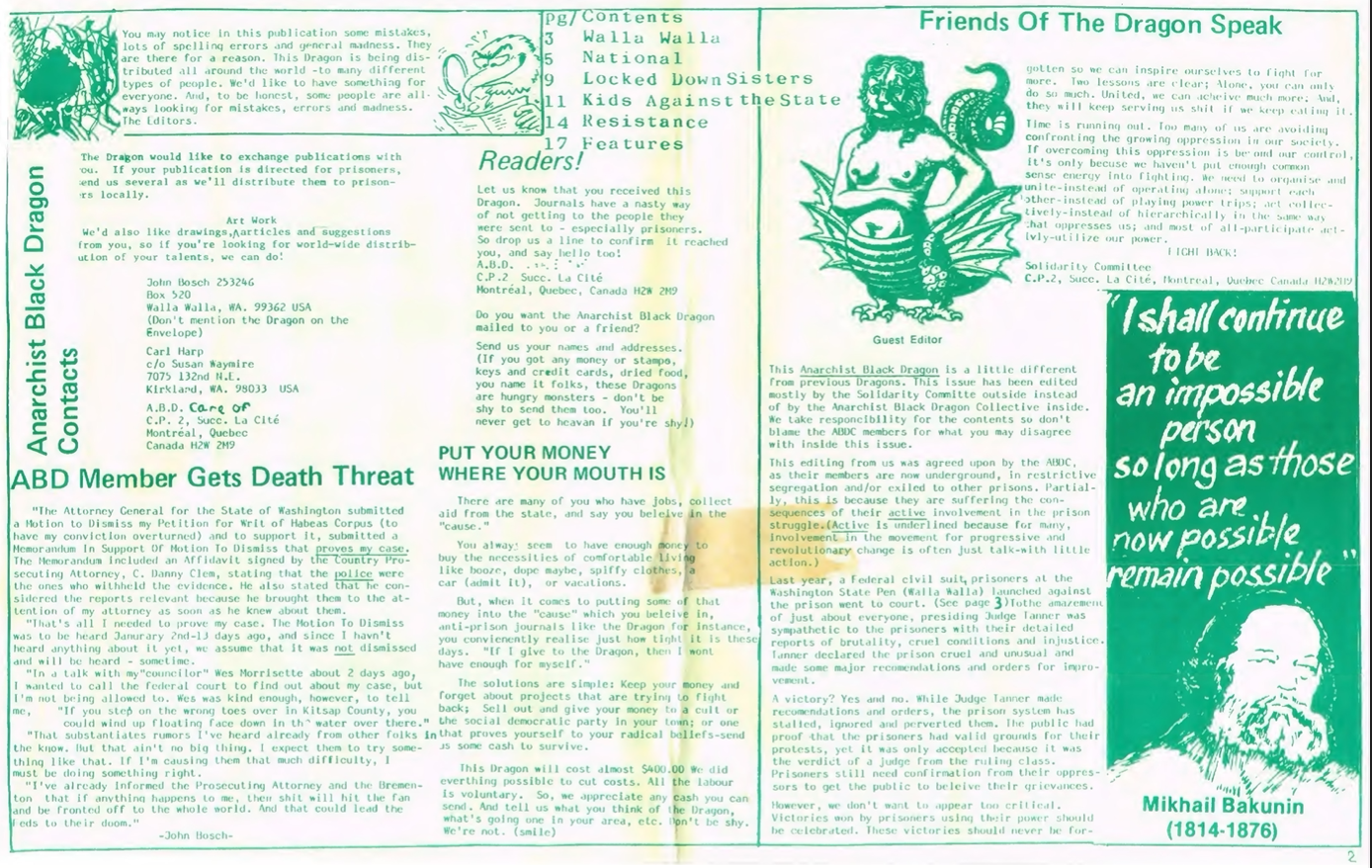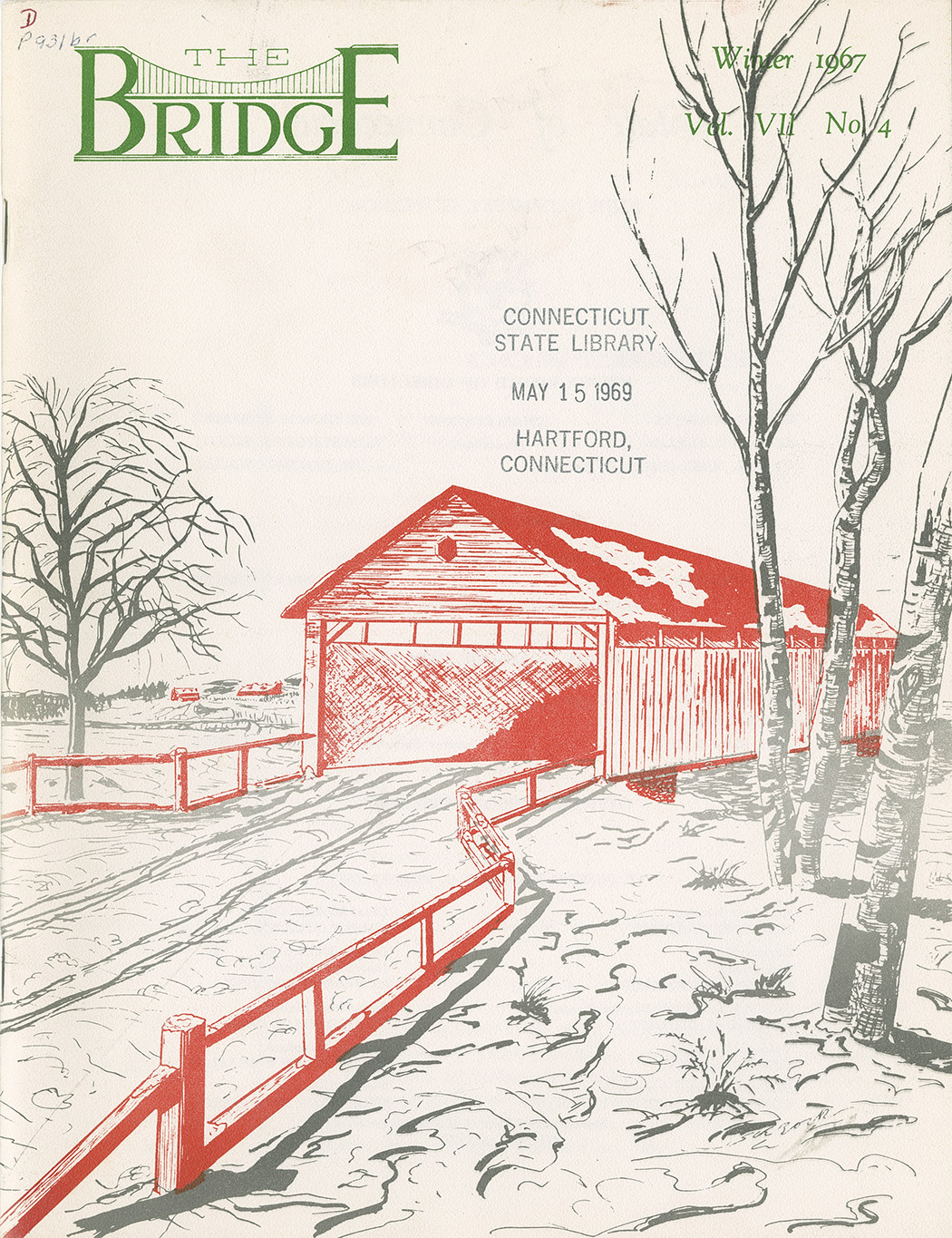A high school girl from Levittown, New York, the country’s first suburb, Maureen “Moe” Tucker hardly fit the profile of a rock star in one of the most influential bands of the 1960s. Then again, neither did any of the members of the Velvet Underground. Lou Reed, John Cale, Sterling Morrison, and Tucker had barely begun before Andy Warhol introduced them to Nico and billed them as the Exploding Plastic Inevitable, and it was Warhol who helped turn them into cult heroes. But Tucker made them sound like no one else. “Her style of drumming, that she invented” Reed once remarked, “is amazing. I’ve tried to get a drummer to do what she did and it’s impossible.” Her approach to Reed’s songs was a “mix of African trance rhythms and Ringo-like arrangement genius,” Adam Budofsky writes at Modern Drummer. “Her playing style was hugely responsible for the Velvet’s singular personality.”
Listen, for example, to 1970’s Loaded – which Tucker sat out due to pregnancy — next to The Velvet Underground & Nico, White Light/White Heat, or The Velvet Underground. Loaded, the only Velvet Underground album never to go out of print, may be called by some a “near-perfect rock album,” but it’s also the least experimental and least interesting of the band’s four studio releases, the sound of the band without Cale and Tucker, reaching for radio hits. The Velvet Underground with Moe Tucker, on the other hand, was the sound of a band that was constantly falling apart while rooting down into a primal rock and roll that would outlast them. It’s sublime, and Tucker deserves her reputation as “one of the head hypnotists,” in the words of Jonathan Richman.
Her contribution was as much youthful enthusiasm and nerve as raw talent. Compelled to play the drums by a love for the Rolling Stones, the Beatles, and Nigerian drummer Babatunde Olatunji, she might have banged away in unremarkable Long Island cover bands in her youth, becoming a more traditional player, had not Reed, who knew her brother, given her the chance to play the first paying VU gig at Summit High School in New Jersey. As she remembers it in the punk oral history project Please Kill Me:
I was a nervous wreck when we played that show. We were allowed to play three songs and we had practiced them at John Cale’s loft. We played, “Waiting For the Man,” “Heroin,” and I think the third one was “Venus In Furs.”
Our set was only about 15 minutes at the most and in each song something of mine broke. All my stuff was falling apart! The foot pedal broke in one song, the leg of the floor tom started going loose. I thought, Oh shit, I’m going to ruin this!
Instead of ruin, what followed were more gigs and a period of experimentation in which Tucker, who started with only a snare, tried out different configurations of the drum kit in long jam sessions at Warhol’s Factory: playing her bass drum with mallets on the floor, then on chairs while standing up, eschewing cymbals altogether, making judicious use of tom toms and tambourines, playing a few memorable shows with trashcans when her drums were stolen.… She had no training, no one in the band told her she was doing it wrong, and so she was free to reinvent the drums her way.
As you’ll see in the thorough documentary above, Foundation Velvet, by Cam Forrester, Tucker’s way was exactly what the Velvets needed to recreate rock and roll in their image. She had a “discipline with regards to playing the song, and not the instrument,” Forrester says. You’ll also see him recreate Tucker’s instrumentation. In the timestamps below, click on the demonstrations to see her drum setup for each track on the band’s first three albums.
Quotes/Introduction — 0:00
Background & musical beginnings — 3:50
“Tucker’s sister plays drums?” — 6:14
Andy Warhol, ‘The Factory’, and Nico — 9:07
The ‘Exploding Plastic Inevitable’ Shows — 12:46
A female drummer? — 15:09
‘The Velvet Underground & Nico’ Sessions — 17:38
DRUM DEMONSTRATIONS — 21:22
Goodbye to Nico & Andy…hello to VOLUME! — 25:02
‘White Light/White Heat’ & DRUMMING DEMONSTRATIONS — 28:18
John Cale leaves, and Doug Yule joins — 34:35
The third album & DRUMMING DEMONSTRATIONS — 37:07
‘Loaded’, band breakup, and solo career — 43:09
Moe’s heroic return to the drums — 45:58
Retirement from the music business — 53:48
Influence & legacy — 54:28
“A natural drummer…” — 57:03
One can approximate Tucker’s style and reconstruct her influences, as Forrester has done here brilliantly, but there will never be another drummer like her.
Related Content:
The Velvet Underground: Get a First Glimpse of Todd Haynes’ Upcoming Documentary on the Most Influential Avant-Garde Rockers
The Velvet Underground & Andy Warhol Stage Proto-Punk Performance Art: Discover the Exploding Plastic Inevitable (1966)
Watch The Velvet Underground Perform in Rare Color Footage: Scenes from a Vietnam War Protest Concert (1969)
Watch Footage of the Velvet Underground Composing “Sunday Morning,” the First Track on Their Seminal Debut Album The Velvet Underground & Nico (1966)
Andy Warhol Explains Why He Decided to Give Up Painting & Manage the Velvet Underground Instead (1966)
Josh Jones is a writer and musician based in Durham, NC. Follow him at @jdmagness
